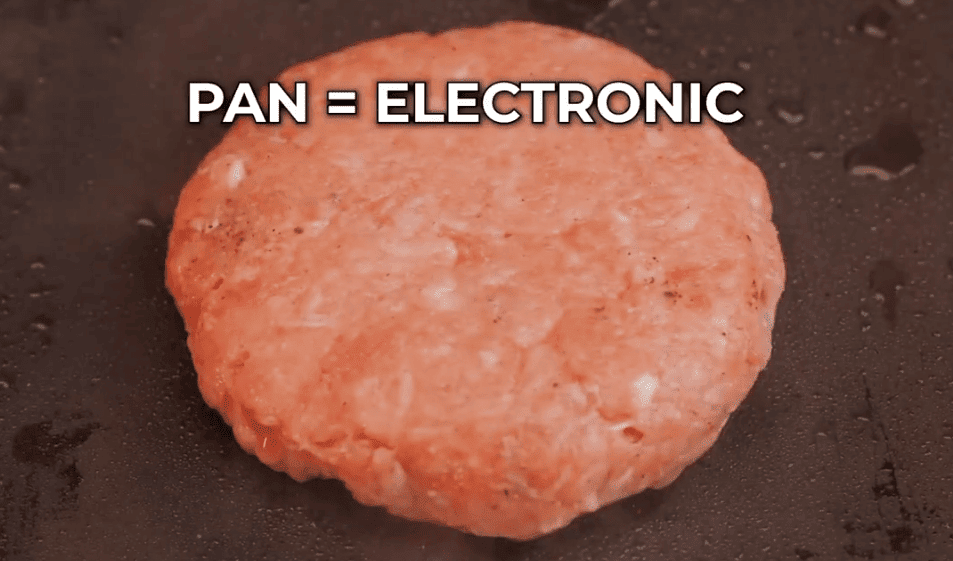Shelf Life Controls of Elastomeric Material
The history of shelf life controls is a long interesting one. After World War II an effort was made to better understand the shelf life of rubbers. As a result, the ANA Bulletin 438 bulletin was created in 1958. It was made in order to summarize all the information and requirements on age control up until that point. In 1973, MIL-STD-1523 superseded ANA Bulletin 438 to better clarify shelf life requirements and durability against aging of different rubbers up until that point. All of these efforts were made to keep a good rotating inventory of elastomeric goods. MIL-STD-1523A was cancelled in 1995, and was cancelled without a superseding document. However, there was a reference to AS1933A, a different age control document. Another document that was in play during all of this was the MIL-HDBK-695; this was largely part of the same effort to keep a good economy of rotating elastomeric materials. After many revisions of different documents and cancellations the newest document was approved and published by Society of Aerospace Engineers (SAE), the ARP5316, which is now on revision D.
The actual shelf life of materials has been debated for some time and is still a topic of contention. This is because many studies have been done including EPRI NP-6608, which stated some elastomeric materials could have an extended shelf life of 32 years. This study however did list “with proper storage”, so that definitely plays a large part in the conclusion. Proper storage could be construed in different manners, but ARP 5316 does offer some recommendations for “proper storage”, such as humidity, temperature, light, and ozone guidelines. With proper storage this author has seen silicone maintain its elasticity for twenty plus years. It is important the requirements are held to the standard of the latest documents and most importantly to the customer’s purchase order. It is our mission at NEDC to comply with all purchase order requirements, including shelf life. This author has seen requirements of shelf life as high as 85%, so a good understanding of the process may be helpful. It’s best to refer to the specific manufacturer’s certification when concerned about being within a customer’s shelf life requirement.
The newest document for shelf life controls is SAE ARP-5316D (Aerospace Recommended Practice). This document provides a helpful list of proper ways to store elastomeric materials. Normally the shelf life of a material is certified to a shelf life because of the materials inherent properties. For example, silicone has a twenty-year shelf life. The reason for this outstanding shelf life is the natural, stable backbone of silicone, i.e. Si-O-Si. The shelf life of a specific material also assumes proper storage like the parameters outlined in SAE ARP-5316D. If you’re interested in a further explanation of elastomeric materials, please refer to the document. There is a helpful chart below of typical shelf lives of elastomeric materials. This chart is made with reference to SAE ARP-5316D. Once again this is typical, meaning this does not always apply for any material.
| Polymer | ASTM D1418 Designation | Shelf Life in Years(Maximum)ᴺ |
|---|---|---|
| Butadiene-Acrylonitrileᴹ | NBR | 15 |
| Isobutylene Isopreneᵍ | IIR | 25 |
| Chloropreneᵉ | CR | 5-15 |
| Epichlorohydrinᴴ | ECO | N/A |
| Ethylene Propylene Diene Monomerᴿ | EP | 25 |
| Fluorocarbonᵂ | FKM | 25 |
| Fluorosilicone | FVMQ | 25 |
| Polyurethane | AU/EU | 2-5 |
| Silicone | VMQ | 25 |
| Styrene Butadiene Rubber(SBR) | SBR | 3 |
e: This polymer is commonly known as Neoprene®.
g: This polymer is commonly known as Butyl Rubber.
H: This polymer is sometimes sold under the trade name Hydrin®, sold by Zeon Chemicals.
M: This polymer is commonly referred to as Nitrile or Buna-N.
N: 25 years has replaced Unlimited; there is a note in the specification relating to this reason.
R: This polymer is known by its acronym and is famous for being a roofing material, EPDM.
W: This polymer is sometimes sold under the trade name Viton®, sold by DuPont Performance Elastomers.
Popular Blog Post

NEDC Introduces First Thermal Pad Experiment Video
This video shows how a thermal pad actually works with the analogy of cooking.
Previous Posts
Frozen Epoxy Films in Stock at NEDC!
NEDC is a converter of frozen epoxy films to make custom preforms for...
Pure EMI Silver Gaskets, Are They Needed?
Customers ask me for material selection recommendations all the time....
Can you use a Thermal Pad/Gap Pad more than Once?
My blogs largely originated from the various questions I have gotten from...
All of the information presented above is believed to be factual and accurate; however, NEDC is not liable for any design or application utilizing this information.
New England Die Cutting
Capabilities/Products
Quick Links
Popular Blog Posts
NEDC Introduces First Thermal Pad Experiment Video
This video shows how a thermal pad actually works with the analogy of cooking.
Frozen Epoxy Films in Stock at NEDC!
NEDC is a converter of frozen epoxy films to make custom preforms for customers to buy. For that reason, NEDC has many frozen films in stock. These include: Ablefilm 5025E Ablefilm 561K Ablefilm CF3350 Ablefilm 566K And others. We wanted to just get it out there on...
Pure EMI Silver Gaskets, Are They Needed?
Customers ask me for material selection recommendations all the time. One way I believe I build trust with clients is, I don’t upsell things I don’t need to. Customers literally once a week call and say, I NEED VITON! Oftentimes my response is “Hey, I’ll sell you...
